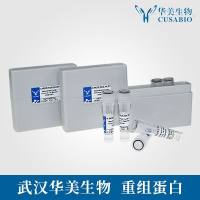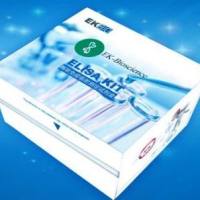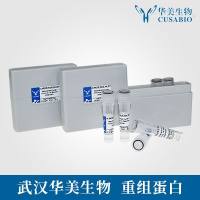Combined Light and Electron Microscopic Visualization of Neuropeptides and Their Receptors in Central Neurons
互联网
互联网
相关产品推荐

Alkaline phosphatase-PAS combined stain kit(S0098)-6×50ml
¥650

Recombinant-Aliivibrio-salmonicida-Electron-transport-complex-protein-RnfDrnfDElectron transport complex protein RnfD
¥11900

大鼠 PPAR-α (Peroxisome Prolife大鼠ors Activator Receptors alpha) ELISAKit
¥960

LIGHT/TNFSF14重组蛋白|Recombinant Human TNFSF14 / LIGHT / CD258 Protein (Fc Tag)
¥1790

TCEANC2/TCEANC2蛋白Recombinant Human Transcription elongation factor A N-terminal and central domain-containing protein 2 (TCEANC2)重组蛋白TCEANC2; C1orf83; Transcription elongation factor A N-terminal and central domain-containing protein 2蛋白
¥1344

